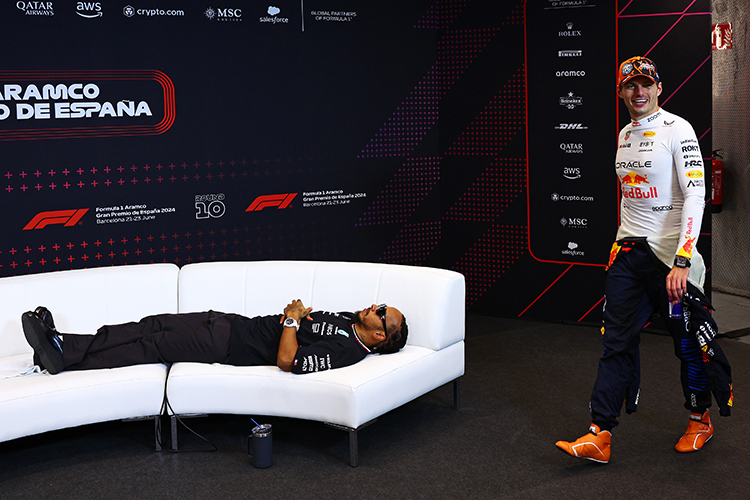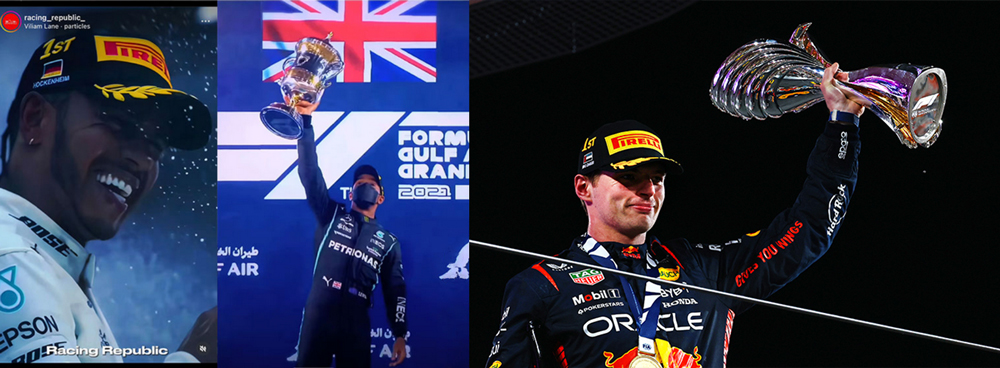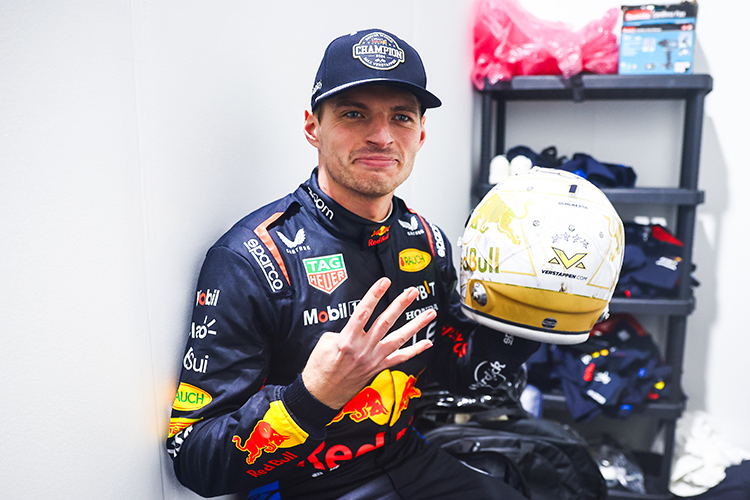Will F1 Go Electric? How Formula 1 Could Adapt to an All‑Electric Future
Will F1 go electric? How Formula 1 could shift from hybrids to all-electric racing: tech hurdles, pit-stop charging, and timelines shaping the sport's future.
The question lands on the grid every season: if road cars are going electric, will Formula 1 follow? The short answer is “not yet”—and “not without a clever plan.” F1’s current roadmap leans hard into hybrid power and sustainable fuels, but a fully electric future isn’t science fiction. It’s a moving target that depends on battery tech, rules, show-business, and the realities of global logistics. Here’s how it could happen—and what would have to change.
Where F1 Is Now: Fast, Hybrid, and (Increasingly) Green
- Today’s power units: 1.6L V6 turbo hybrids with energy recovery. Blisteringly efficient and brutally fast.
- 2026 regulations: more electric power (roughly 350 kW from the MGU-K), the MGU-H removed, and 100% sustainable drop‑in fuels. The split of power between ICE and electric will be close to 50/50 at times.
- Net Zero by 2030 goal: the big emissions win isn’t fuel—it’s freight, energy use, and logistics. F1 is already attacking those.
- One more wrinkle: Formula E has an FIA exclusivity arrangement as the sanctioned all‑electric single‑seater world championship for the foreseeable future. That doesn’t “ban” F1 from going electric one day, but it makes timelines and branding politics… delicate.
Why Not Flip the Switch Tomorrow?
In one word: energy. In two words: energy and weight.
- Energy demand: A full‑distance Grand Prix at today’s pace requires hundreds of kilowatt‑hours delivered to the wheels. Current batteries that can discharge at F1 levels of power would need to be very large or refueled (recharged/swapped) multiple times.
- Pack mass: Even high‑performance lithium‑ion packs sit around 180–260 Wh/kg at the pack level. A single 250 kWh pack could weigh roughly a tonne—more than an entire F1 car.
- Heat and power limits: Pulling 600–800 kW for long stints is thermal torture for cells, inverters, and cooling systems.
- The show: Fans love speed, jeopardy, strategy—and yes, noise. Any electric F1 has to feel special, not like a quiet time trial.
So How Could F1 Go Fully Electric—and Still Be F1?
Think evolution, not a hard reset. Here are the levers.
1. Powertrain Philosophy
- Ultra‑high‑power e‑motors: Motors are the easy part; delivering repeatable 500–800 kW is feasible with modern axial‑flux or advanced radial designs, multi‑inverter setups, and advanced cooling.
- All‑wheel drive option: Front‑axle MGU would transform regen and traction, opening new corner‑exit dynamics and overtaking patterns.
- Multi‑speed gearboxes: Not required, but a lightweight 2‑ or 3‑speed could keep motors in sweet efficiency bands on long straights and add feel.
- Sound design: You won’t recreate a V10, but high‑RPM gearsets, aero “howl,” and engineered acoustic elements can make 100+ dB of honest, mechanical sound without faking it.
2. Energy Strategy: Charging, Swapping, or Both
- Pit‑lane ultra‑fast charging:
- Megawatt Charging System (MCS) hardware is arriving in trucks at 1–3 MW; racing could push 4–6+ MW.
- A 60–90 second stop could add 60–120 kWh—enough for a flat‑out stint without making cars aircraft‑carrier heavy.
- Pros: retains pit‑stop drama, flexible strategy, visible tech transfer to road charging.
- Cons: immense power delivery, cabling, and safety challenges; equalize access per team.
- Battery module swaps:
- Robotic mid‑race swaps in 10–15 seconds, with rigid standards for pack interfaces.
- Pros: easier on the grid’s electrical load (packs can charge slowly behind the scenes), less thermal stress.
- Cons: packaging complexity, safety interlocks, crash structures must protect quick‑release modules, cost control needed.
- Hybrid approach:
- Start with a mid‑size pack (say 90–120 kWh), mandate 1–2 service events per race (charge or swap), and allow strategic variation.
3. Race Format and Sporting DNA
- Stint‑based Grand Prix: Think current race length, but carved into high‑intensity stints separated by 1–2 energy stops. Undercut/overcut returns with an energy twist.
- Energy management as racecraft: Drivers juggle regen opportunities, battery temps, and deployment windows—like today, but more decisive and transparent to fans.
- Push‑to‑pass 2.0: Temporary higher discharge or reduced drag modes when above a regen target, replacing DRS with something more dynamic and less binary.
- Calendar variety: High‑energy venues (Monza/Spa) remain, perhaps with two service stops; tight, twisty tracks lean into regen and single‑stop gambits.
4. Tech Enablers F1 Would Need
- Better cells: Moving from today’s high‑power Li‑ion to semi‑solid or solid‑state with higher energy density and better heat tolerance would be a game‑changer. Even a 30–50% bump in Wh/kg reshapes the car.
- Ruthless thermal management: Immersion cooling, phase‑change materials, clever ducting, and active aero to keep cells, inverters, and motors in the window lap after lap.
- Voltage and safety: 800–1200 V architectures, color‑coded isolation, live‑car indicators, and stricter marshal training. F1 already lives with HV hybrids—scale that up.
- Software is king: Torque vectoring, anti‑slip with instant torque, cell‑level SOH/SOC modeling, and predictive energy strategy integrated with aero states.
5. Circuits and Infrastructure
- Power on tap: A modern Grand Prix paddock would need tens of megawatt‑hours per weekend. Solutions:
- Grid‑tie upgrades where possible.
- Temporary on‑site storage (big battery banks) smoothed with solar canopies.
- Biofuel or green hydrogen generators as clean backup.
- Wet‑race high‑voltage protocols: Already commonplace in hybrid F1 and Formula E; scale and standardize.
- Acoustic management: Electric races open doors to city venues with stricter sound ordinances—and new markets.
6. Costs, Rules, and Politics
- Cost cap for batteries: Standardized cell formats, manufacturer‑specific pack designs. Freeze chemistries for a cycle to curb spending wars.
- IP lanes: Open competition on inverters, motors, software, and cooling; homologation windows to prevent churn.
- Supplier grid: One spec fast‑charge interface across teams to guarantee safety and fairness.
- Brand peace: If FE’s exclusivity remains, F1 can go “maximum‑electric hybrid” and showcase e‑fuels in the interim, or launch a sister electric class on F1 weekends.
What About Hydrogen or E‑Fuels?
- E‑fuels (synthetic fuels):
- F1’s near‑term bet. Drop‑in, net‑zero carbon liquid fuels made using captured CO2 and renewable power.
- Pros: preserves the multi‑sensory drama, leverages existing ICE mastery, immediately relevant to legacy road fleets and aviation.
- Cons: efficiency penalty vs direct electrification; supply scale is the hurdle.
- Hydrogen:
- Fuel cells: zero tailpipe CO2, but bulky tanks and transient response challenges at F1 power levels.
- H2 ICE: sounds wild, but efficiency is lower; packaging and refueling safety complicate things.
- Likely use: demos, sub‑series, or endurance racing, rather than core F1—unless tech takes a leap.
Fan Experience: Keep the Spectacle
- Speed parity: Electric F1 must match or surpass current lap times on most tracks. AWD, instant torque, and active aero can get you there—even with energy stops.
- Sound with soul: Mechanical whine, aero roar, and curated harmonics can deliver a visceral experience without artificial “fake engine” tracks.
- Visible strategy: On‑screen live energy state, regen targets, and thermal status make the chess match clear.
- Pit‑lane theater: Glowing charge couplers, robotic battery swaps, or pit crews dancing with megawatt cables—done safely—would be catnip for TV.
A Realistic Timeline
- 2026–2030: Hybrids get “more electric.” 100% sustainable fuels arrive. ERS power jumps. Logistics decarbonize further.
- Early 2030s: Tech forks. If batteries make a density/thermal leap and megawatt charging normalizes, F1 could pilot electric sprint races or a support series under the F1 banner.
- Mid‑to‑late 2030s: A credible all‑electric Grand Prix format becomes feasible—stint racing with one or two energy stops, AWD, and lap times to rival hybrid F1.
- 2040 and beyond: Full transition is plausible if commercial, political, and fan factors align. Alternatively, F1 could remain the pinnacle of ultra‑efficient combustion on e‑fuels while running a parallel top‑tier electric series it owns.
Will F1 Actually Do It?
- Technically: Yes, with charging/swap pit stops, better batteries, and serious cooling. The cars would be spectacular in a different way.
- Commercially: It depends on fan appetite, manufacturer line‑ups, Formula E agreements, and whether F1 sees more brand value as the home of sustainable liquid fuels or as the crown jewel of electric speed.
- Philosophically: F1 is about the fastest car‑and‑driver show on Earth. If the fastest path is electric, F1 will get there—on its own terms.
The Lap to Take Right Now
- Double down on efficient hybrids and e‑fuels while the grid, batteries, and charging tech mature.
- Run high‑profile electric showcases—sprints, all‑star events, or a companion championship—to build know‑how and fan buy‑in.
- Invest in megawatt charging, pack swap standards, and safe HV protocols at circuits.
- Keep the spectacle front and center: pace, jeopardy, strategy, and a sound you feel in your chest.
If F1 goes electric, it won’t be a quiet revolution. It will be loud in all the ways that matter.
Up Next
Where To Watch
F1 TV: Experience every Grand Prix live with expert commentary, exclusive content, and unrivaled race coverage all season.
ESPN: Watch F1 and live sports streaming across ESPN networks.



